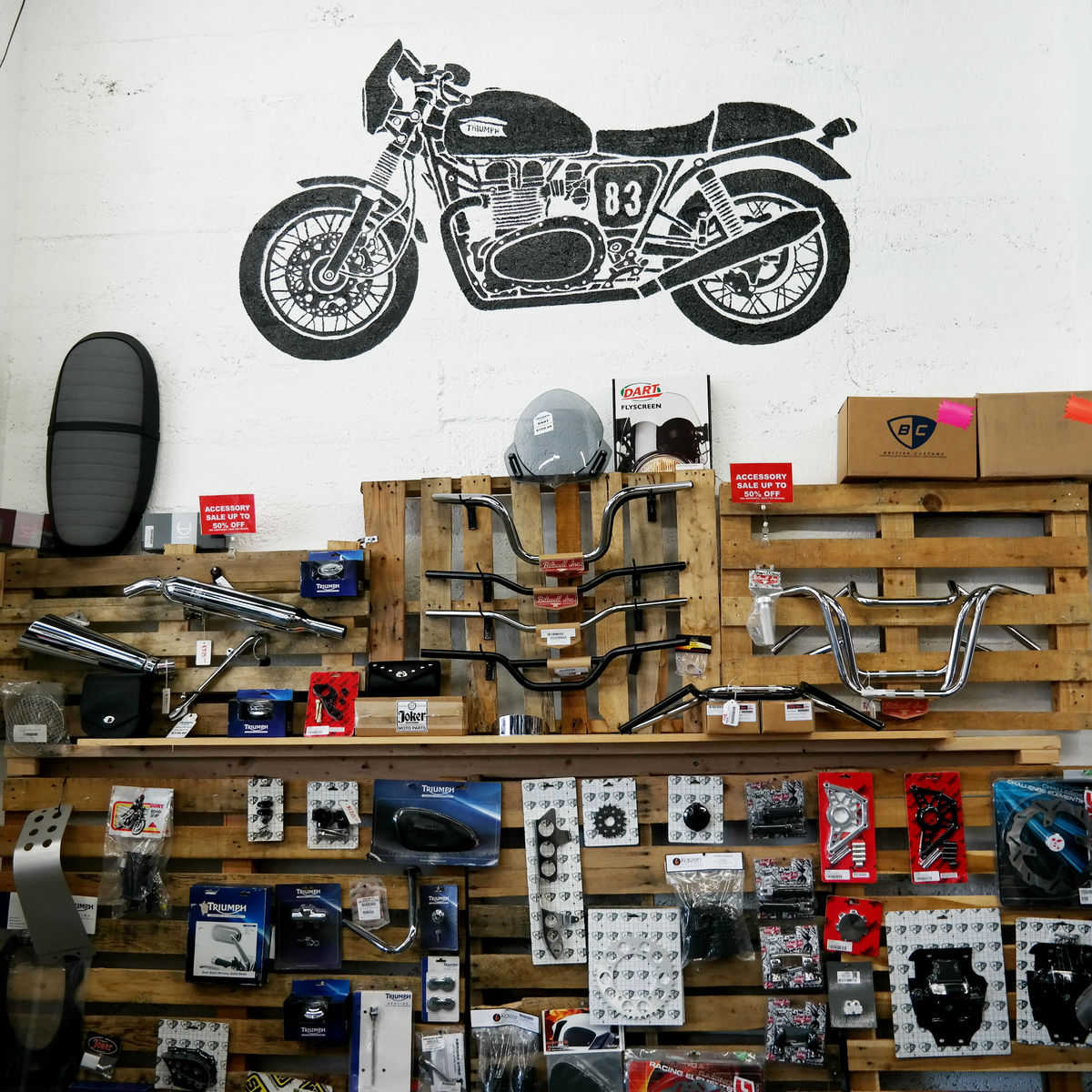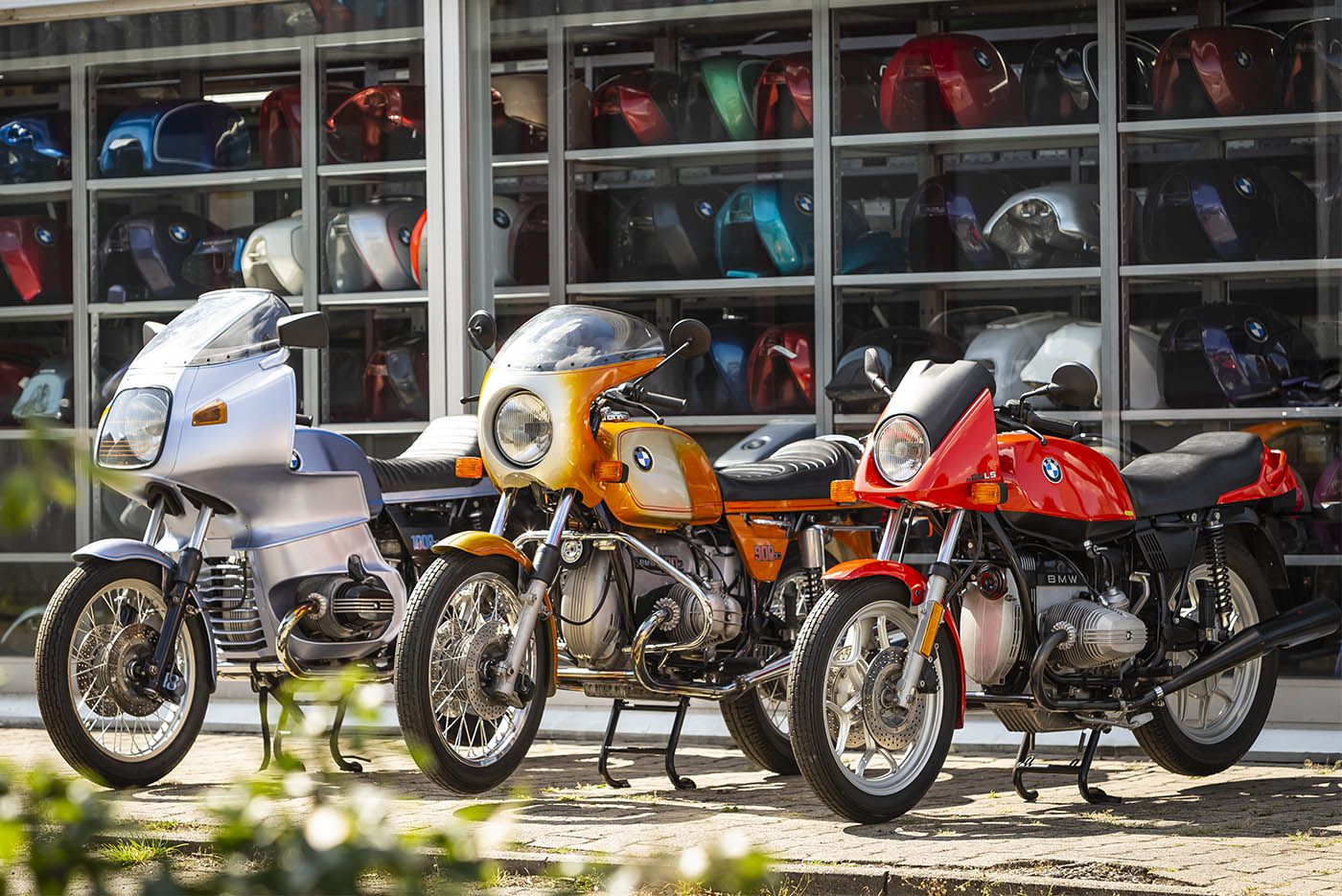Discover High Quality Moto Parts NZ for All Your Motorcycle Needs
Discover High Quality Moto Parts NZ for All Your Motorcycle Needs
Blog Article
Comprehending the Vital Parts of a Motorcycle: A Comprehensive Guide for Lovers
For bike fanatics aiming to raise their riding experience and guarantee their bikes run efficiently, understanding the necessary parts of a motorcycle is paramount. Each element, from the engine's complex workings to the vital duty of the stopping devices, not just influences efficiency yet also safety and security and comfort. This guide will certainly go through the fundamental components that every cyclist must recognize with, making it possible for educated options in both maintenance and prospective upgrades. As we begin this expedition, one must ask: just how does each part communicate to develop the smooth adventure every enthusiast seeks?
Engine Components

The camshaft plays a crucial role in regulating the timing of the engine's valves, making certain the specific opening and closing required for reliable gas and air intake, as well as exhaust expulsion. This timing is essential to keeping ideal engine efficiency and performance. Furthermore, the carburetor or fuel shot system, depending on the bike model, is accountable for mixing air with fuel in the correct proportion for combustion.
The air conditioning system, either air or liquid-based, functions to keep the engine's temperature level within operational limits, preventing overheating and ensuring long life - motorbike shop. Each component, carefully created and incorporated, adds to the smooth operation of the engine, defining the motorcycle's power result and overall efficiency
Transmission System
Important to the bike's functionality, the transmission system makes sure reliable power transfer from the engine to the wheels. This system makes up numerous essential parts, including the clutch, transmission, and last drive, each playing an important function in translating the engine's power into activity. The clutch, usually run by a hand bar, offers to disengage the engine and involve from the transmission, allowing for smooth equipment adjustments and controlled velocity.
The gearbox, frequently described as the transmission proper, includes a set of gears that motorcyclists can by hand move via to readjust the bike's speed and torque output. These equipments are prepared in a sequence that enables the motorcycle to accelerate smoothly and keep optimal engine performance across different rates. The majority of motorcycles make use of a sequential transmission, needing the biker to shift equipments in an established order.
Braking Mechanisms
While understanding the transmission system is crucial to using a motorbike's power, similarly essential is the ability to regulate and stop that power successfully, which is where stopping systems enter play. Brakes are essential for safety and performance, providing the rider with the needed control to navigate numerous terrains and conditions. Commonly, motorcycles include two sorts of stopping systems: disc brakes and drum brakes.
Disc brakes are a lot more common in modern-day motorbikes due to their exceptional efficiency. This system supplies much better warmth dissipation, constant efficiency, and boosted quiting dirt bike parts power, specifically in damp conditions.
Alternatively, drum brakes, though less usual, are still located in some motorcycles. They function by pressing brake footwear against the inner surface area of a drum connected to the wheel. While normally much less effective in warm dissipation and quiting power, drum brakes are simpler and a lot more economical.
Recognizing these stopping systems' nuances allows motorcyclists to preserve their motorcycles effectively and value the engineering that ensures risk-free and efficient stopping.
Suspension and Steering
Suspension and guiding systems are vital components that substantially affect a motorcycle's handling and experience convenience. The shock absorber, being composed of forks at the front and shock absorbers at the back, soaks up roadway abnormalities, enhancing stability and control. Front forks, generally telescopic or inverted, compress and rebound to reduce effects, while back shock absorbers keep tire contact with the roadway, crucial for traction and safety.
Guiding, centered around the handlebars, attaches the cyclist to the bike's directional control. The guiding head bearings guarantee smooth operation, allowing exact maneuverability. Proper positioning and upkeep of these bearings are vital for foreseeable guiding action and decreasing motorcyclist fatigue.
The suspension's adjustability is one more critical aspect; preload, damping, and rebound setups allow modification to fit various riding conditions and designs. This adaptability is important for optimizing efficiency, whether browsing urban streets or taking on rugged routes. Technologies like electronic shock absorber supply real-time changes, boosting ride high quality throughout diverse surfaces.

Electric Equipments
After guaranteeing a smooth and regulated adventure with efficient suspension and steering systems, interest turns to the electric systems, a critical element of motorcycle parts contemporary bikes. These systems play an essential duty not just in starting the engine yet also in powering various elements that improve the functionality and safety of the motorcycle.
At the heart of a bike's electric system is the battery, which stores electric energy required for beginning the engine and powering auxiliary systems - motorcycle shop. The alternator or generator, coupled with the rectifier-regulator, makes sure the battery remains charged while the bike functions, transforming mechanical power right into electrical power and preserving voltage degrees
The ignition system, another critical component, is in charge of sparking the air-fuel combination in the engine's cyndrical tubes. Modern motorcycles frequently utilize a digital ignition system, supplying higher efficiency and reliability compared to conventional systems.
Lights systems, consisting of fronts lights, tail lights, and indicators, are also essential, ensuring presence and safety for the cyclist. Extra digital parts such as sensing units, control devices, and shows add to advanced attributes like fuel injection monitoring, anti-lock braking systems (ABDOMINAL MUSCLE), and electronic dashboards, better boosting the riding experience.
Final Thought
A thorough comprehension of a motorcycle's vital elements, including the engine, transmission system, stopping devices, suspension, steering, and electric systems, is vital for fanatics aiming to optimize convenience, efficiency, and safety. Mastery of these aspects permits for educated choices pertaining to maintenance and upgrades, ultimately boosting the riding experience. By incorporating this expertise, cyclists can ensure their motorbikes run at peak find more efficiency and reliability, thus taking full advantage of both pleasure and durability of their automobiles.
For motorbike lovers looking to raise their riding experience and ensure their bikes run efficiently, recognizing the crucial parts of a bike is paramount.Integral to the motorcycle's capability, the transmission system guarantees effective power transfer from the engine to the wheels.While comprehending the transmission system is crucial to utilizing a motorcycle's power, just as vital is the capability to control and stop that power effectively, which is where braking mechanisms come into play. Generally, motorcycles include two types of braking systems: disc brakes and drum brakes.
A complete understanding of a motorbike's crucial parts, consisting of the engine, transmission system, stopping mechanisms, suspension, steering, and electric systems, is crucial for enthusiasts intending to enhance convenience, efficiency, and security.
Report this page